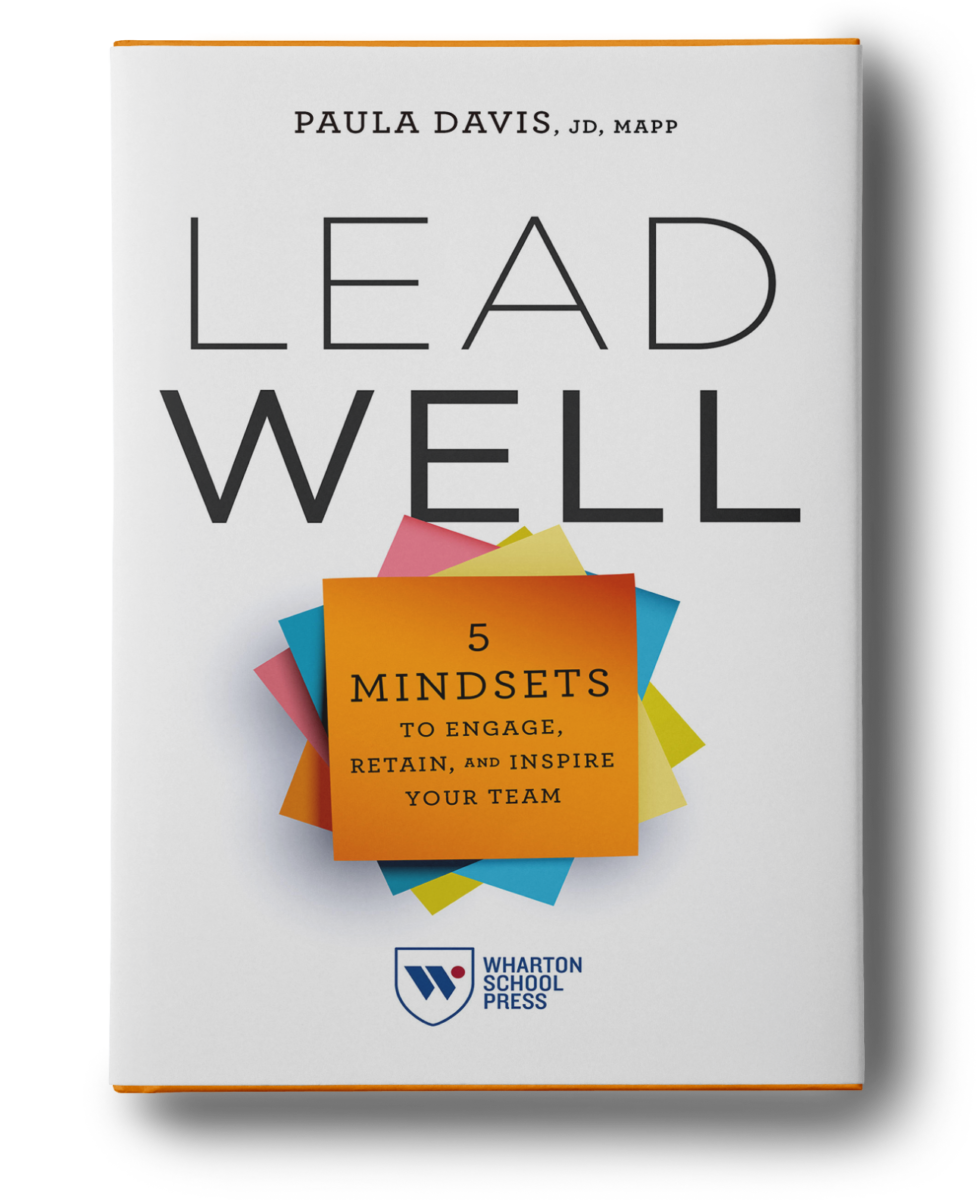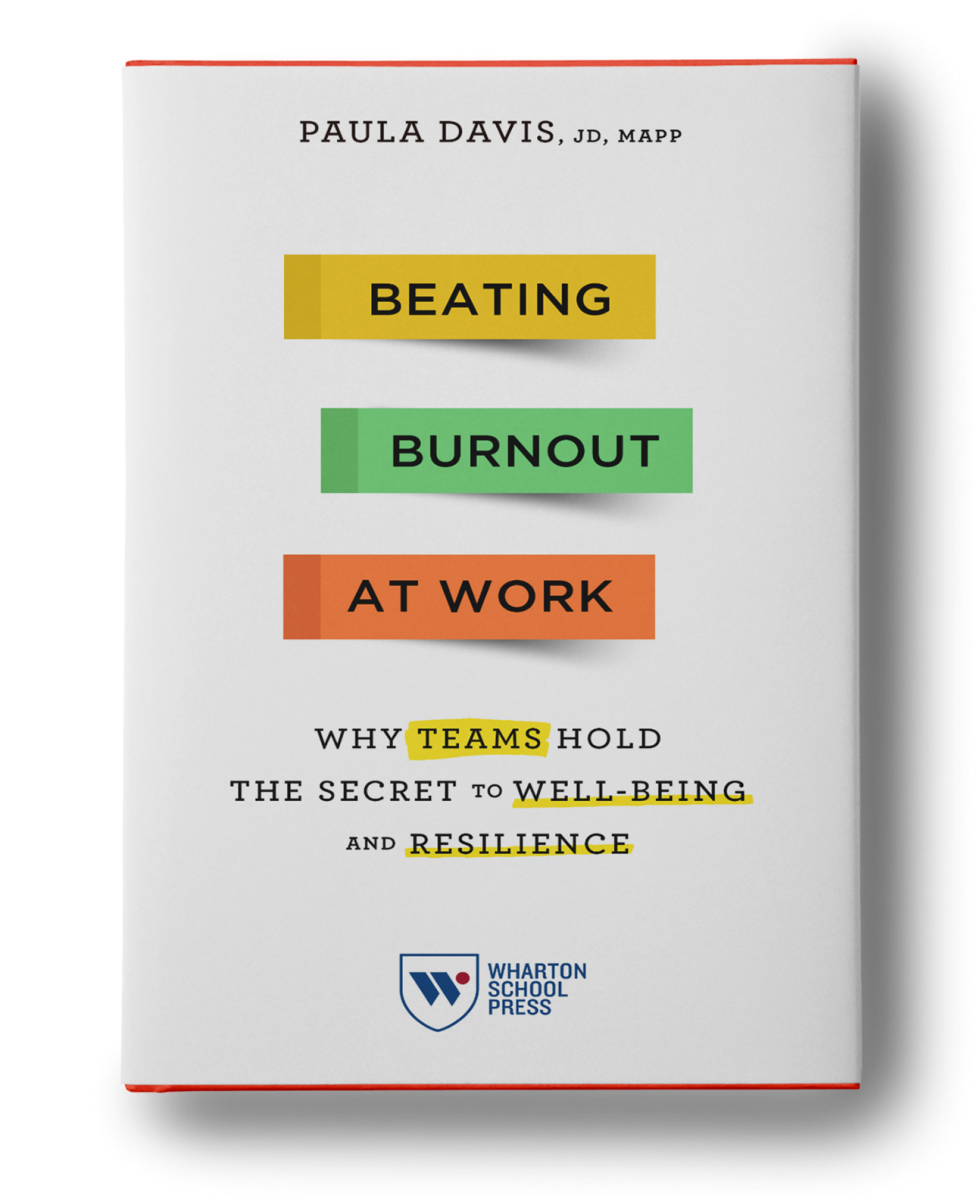Raise your hand if you’re feeling overwhelmed, stressed, sad, or a little off these days? You’re not alone. According to Gallup’s 2022 Global Emotions Report, people are having more negative experiences and fewer positive ones, stress, worry, and sadness are at their highest levels, and people feel less rested and less joyful. Helping people manage stress is part of my life’s work, but I’m not immune from the overwhelm. I have been struggling recently – to balance single parenthood with business ownership, processing the shocking death of my friend’s husband to pancreatic cancer, diagnosed a mere four months ago, and managing the unpredictability of mental illness in a close family member.
When you feel overwhelmed, it can be difficult in the moment to imagine the experience will eventually lead to some type of growth; yet, being able to think in a hopeful way as you process stress can help you recover. Scholars have debated whether hope is a process or an outcome; an emotion or a thinking style; and even whether hope enhances life by opening up new possibilities or detracts from it by causing a person to miss realistic information (a debate addressed at length in my favorite show – Ted Lasso, with a contingent of fans believing “it’s the hope that kills you” in contrast to Ted’s steadfast belief in the word “believe.”) Hope researcher, Dr. C.R. Snyder, often described hope with this phrase: “You can get there (where you want to be) from here (where you are now).” He believed that life is made up of many thousands of instances in which you think about and figure out how to get from Point A to Point B.
These five strategies will help you activate a mindset of hope.
Use micro-goals. Some researchers describe hope as a process tied to goal setting. After all, if you’re trying to leave a present state to get to a different future, goals help. When you’re feeling stressed or stuck, remember that forward momentum of any kind often helps. What’s something you can do to achieve a “win” in 20 or 30 minutes? It could be as simple as cleaning the kitchen or responding to a few emails. Then apply that momentum to the challenge at hand.
Create a bigger-than-self goal. A bigger-than-self goal is less about the objective goals you have like working a set number of hours; rather, it’s more about how you see yourself within your community (which could mean in your company, family, or larger community). When people are connected to bigger-than-self goals, they are more hopeful, curious, grateful and inspired. Not surprisingly, they also show greater well-being and satisfaction with their lives. These three questions will help you to get started.
1. What change do you want to create?
2. What kind of positive impact do you want to have on the people around you?
3. What mission in life or at work most inspires you?
Identify the pathways and obstacles. While this might sound odd, an important part of the hope process is both identifying specific pathways to the future state, plus the obstacles. If you’re stressed about not spending enough time with your kids, some pathways might be leaving work early on Thursdays, planning a short vacation, or reading more books at night with them. Some obstacles might be constant busyness at work or planning around school schedules and sporting events that consume precious evening time. Once you identify the obstacles, you can plan for them (or around them). I like this pathways/obstacles exercise because it forces you to think realistically.
Ask this question. If you’re stressed and considering a next step or thinking about an important decision to make, ask yourself, “Is what I’m about to do a step toward or away from what’s important?” This question activates hope and resilience because it puts you in control. You get to decide how to proceed forward, or not.
Change your passwords. I started talking about this technique after I read an article about a guy who wanted to forgive his wife after their divorce. He changed his password to forgive@her, and he found it so helpful that he used the technique again to stop smoking. This works because it’s a form of priming – helping to activate nonconscious processes (processes that do not require conscious control) to facilitate goal achievement and self-regulation. A friend of mine changed her password to “gratitude.” Not long after she did this, she lost her job. She said it helped her deal with the negative emotions and other psychological fallout because she was forced to think of instances of gratitude multiple times each day when she typed her password. One client changed her password to “appreciate@kelly” because Kelly was a valuable member of her team. My client realized that her perfectionistic tendencies were causing other valued members of her team to leave, and she wanted to make sure Kelly stayed. This is limited only by your imagination – people have changed their passwords to reflect weight loss goals (e.g., “lose10pounds”), vacation dreams (e.g., “gotoParis”) and generally wanting more positivity in their lives (“actwithkindess”).
I agree with Ted Lasso about hope. Hope isn’t wishful thinking or ignoring the realities of whatever it is you’re struggling with. It’s recognizing that there are multiple pathways to a resolution, understanding that there will be obstacles, but believing that you have a say in how all of it unfolds. That’s power.
Please click here to order my new book, Beating Burnout at Work: Why Teams Hold the Secret to Well-Being and Resilience







